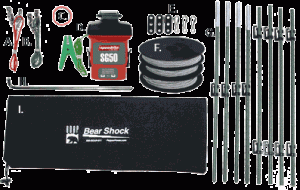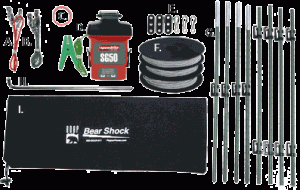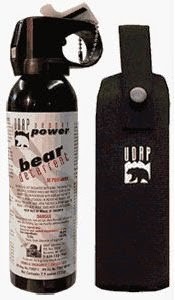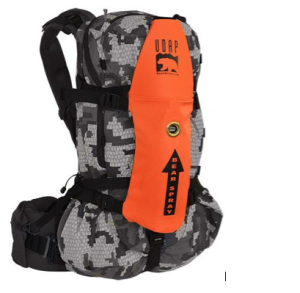Bears rarely enter occupied tents or wreck entire campsites, but, when they do, it is most often because the people camping in that camp site or at a nearby site, have not taken appropriate cautions to ensure that they have a proper clean camp. If there is even one scrap of food for the bear to access in the camp it will most likely search the rest of the camp and the surrounding area for more food. A bear’s sense of smell is over two thousand times greater then a human’s and, even seven times greater then a bloodhounds. They are thought to have one of the best, if not the best, olfactory senses on the entire planet. Every year camper’s leave out bits of dinner on picnic tables; they try to burn what they haven’t eaten in the fire; or they keep, in general, an unclean camp. While it is hard to help others to be responsible, here are a few tips for keeping a clean camp so that you can ensure that you are doing your part to not lure in potential bears into your camp or into someone else’s.
Proper food storage is very important to keeping a clean camp. Your food should be sealed in containers (preferably bear proof containers), and, if you are car camping, possibly leave it in the car near your campsite. Never store any of these things inside the tent. Food and even items like deodorant should never be kept within the tent. You don’t want to give the bear a reason to come over to inspect your tent, if, indeed, one has merely wandered into camp. If you are cooking foods that have strong smells – sausages or bacon and eggs – make sure to cook the food quite away from your camp. Bears cant resist the smell of sausage and bacon any more then you can, so having those odors as far away from where you sleep as possible is vitally important to preventing a possible encounter. Also, many developed campgrounds now use bear proof garbage bins. Make sure that if you have garbage, do not leave it in a garbage bag, dangling from a nearby picnic table overnight. Throw it away. While we cannot prevent bears from wandering into a campsite, we can prevent them from lingering, and, possibly, destroying our camp or being aggressive towards us or our neighboring campsite.

Another option is to use the UDAP Bear Shock fence at your campground site for protection from Bears.






